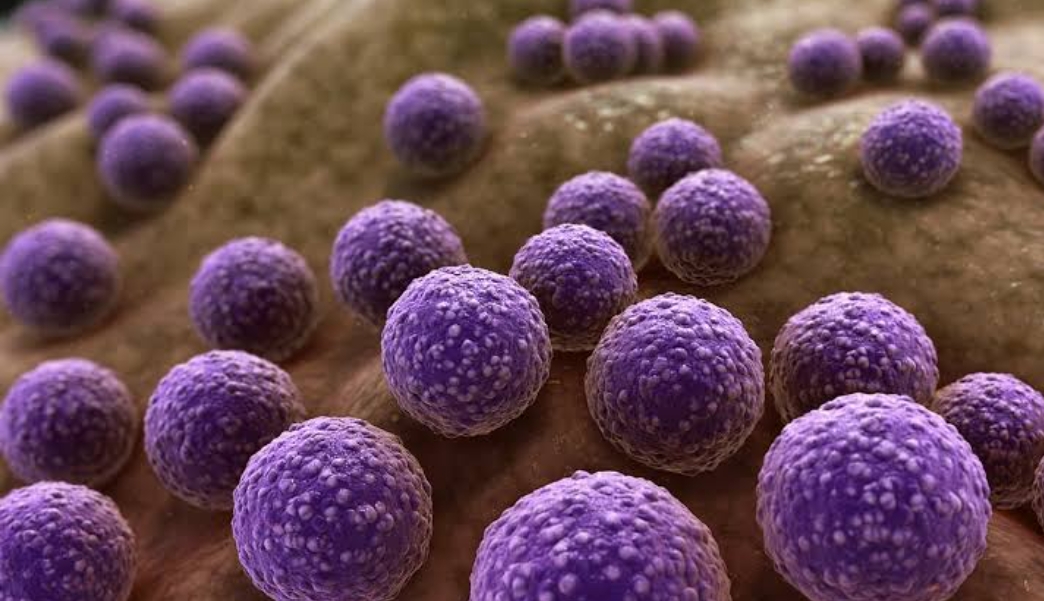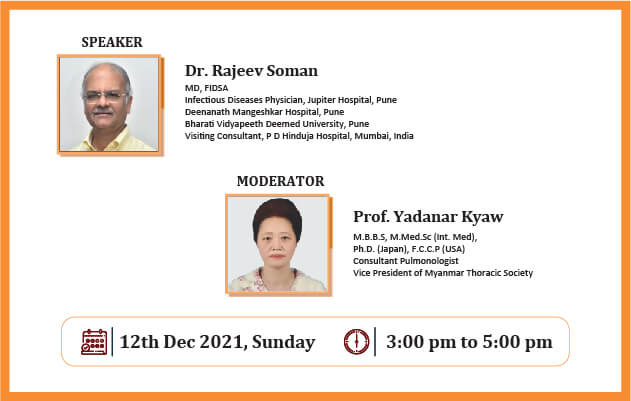
Antimicrobial resistance: What are we doing to solve the crisis?
Since antibiotics were acquainted with the world during the twentieth hundred years, passings owing to contaminations dropped from more than 50% to 10-15 percent. Specialists have been cautioning for a really long time that the danger of antimicrobial resistance could carve out opportunity when even basic contaminations were lethal.
Yet, how serious is the issue truly? A concentrate in 2019 found more than 1,000,000 individuals per year passed on from contaminations connected to microorganisms that are impervious to antibiotics — more than the people who kicked the bucket because of jungle fever or with HIV/Helps.
Specialists portray antimicrobial resistance as quite possibly the best test confronting mankind. That's what they foresee assuming that the issue stays perplexing, 10 million individuals could pass on subsequently by 2050.
That's what scientists guarantee antimicrobial resistance will stay an issue for a long time to come. Keeping up with current medication and principles of wellbeing in the manner we realize them today will rely upon the improvement of new antitoxin drugs.
What causes antimicrobial resistance?
antimicrobial resistance happens when microscopic organisms advance to dodge antibiotics. Abuse and abuse of antibiotics are the greatest drivers of obstruction. That implies that the more we use antibiotics, the more regrettable the issue of antimicrobial resistance becomes.
antibiotics work by restricting to a particular objective protein on a microorganisms, then, at that point, entering to kill it from within. Penicillin, for instance, debilitates the bacterial cell wall, making the cell crumble.
The most widely recognized ways microscopic organisms sidestep antibiotics come from transformations that permit them to prevent drugs from restricting to microorganisms. It resembles the microbes that changed the locks so the anti-toxin key no longer opens the cell entryway.
Microorganisms can likewise accomplish opposition by creating proteins that inactivate or adjust the anti-microbial, so it no longer ties to the microbes. Or on the other hand the objective protein is transformed so the anti-infection can never again tie to it.
In any case, the most horrendously terrible of everything is when microbes develop a significant number of these components in reinforcement, so regardless of whether you conquer one, different protections could fill the hole.
Taking care of the issue of antimicrobial resistance
antimicrobial resistance will constantly accompany us. It is the idea of development by normal choice that implies microbes will constantly track down ways of sidestepping antibiotics. However, specialists are hopeful we can track down ways of restricting antimicrobial resistance in the following many years, enough to prevent the issue from spiraling into a greater emergency.
Researchers in the field are devoted to tackling these huge issues and saving our capacity to control irresistible illnesses that are so vital to our personal satisfaction.
Sadly, it isn't so straightforward as fostering a medication that will forever survive antimicrobial resistance. It's staggeringly mind boggling science, much more so than finding an immunization for an infection like Coronavirus. As far as one might be concerned, there's immense variety among microbes — not all medications work on a given organic entity, and not all organic entities are killed by a given medication.
Choice 1: Change existing antibiotics
Researchers have been figuring out the problem from various points. One methodology is to change old antibiotics so they defeat obstruction. "Penicillin and cephalosporin antibiotics have gone through many rounds of adjustments by restorative scientists to further develop their medication-like properties and beat opposition.
Researchers pointed out that the capacity for tinkering with these designs isn't endless. It is all the more a deferring strategy as opposed to on a very basic level fixing the center issue of antimicrobial resistance. Sooner or later, there are unavoidable losses in that new mixtures either have unfortunate medication-like properties or poison levels that make them unacceptble. Harmfulness is the capacity of a substance to make a noxious difference and either inflict damage or passing.
Choice 2: Grow new antibiotics
Another system is to make pristine medications, however this approach hasn't been exceptionally effective in the last many years. the last really new synthetic construction that has brought about a medication that is right now being utilized in people was found during the 1980s,
In any case, there are a few indications of progress. For one's purposes, researchers are presently furnished with substantially more modern medication revelation advances, not least man-made brainpower (artificial intelligence).
Instances of logical advancements incorporate computational AI ways to deal with screen drugs in , and strategies to evaluate a wide range of mixtures for anti-toxin impacts.
These new advancements are assisting researchers with conquering more seasoned difficulties in drug revelation. The expectation is that anti-toxin safe medications can be pushed through drug advancement pipelines rapidly enough for them to have an effect in worldwide medical care.
However, integral to the issue is that antimicrobial resistance grows rapidly while antimicrobials — the premise of antimicrobial medications — are grown gradually. Researchers hear the clock truly ticking.
Worldwide battle against antimicrobial resistance lacking
Likewise with the race for Coronavirus immunizations, surviving antimicrobial resistance will require enormous worldwide exertion devoted to the issue. However, that exact exact thing's missing.
What compels the obstruction challenge so intense in 2023 is that there could be presently not an efficient, very much financed, and working pipeline of new medication up-and-comers, yet opposition keeps on arising.
Reports demonstrate there were 43 antibiotics in clinical preliminaries or forthcoming endorsement in December 2020. For correlation, more than 1,300 anticancer specialists were at comparative transformative phases.
Large numbers of the issues here came from the commercialization of medication advancement. Unfortunately, a few huge organizations have surrendered their antibiotics programs based around business contemplations and a few little organizations growing new antibiotics have bombed monetarily before their up-and-comers arrived at the facility. We truly need greater interest in all antimicrobial revelation strategies.
Visit DocMode for courses and lectures






